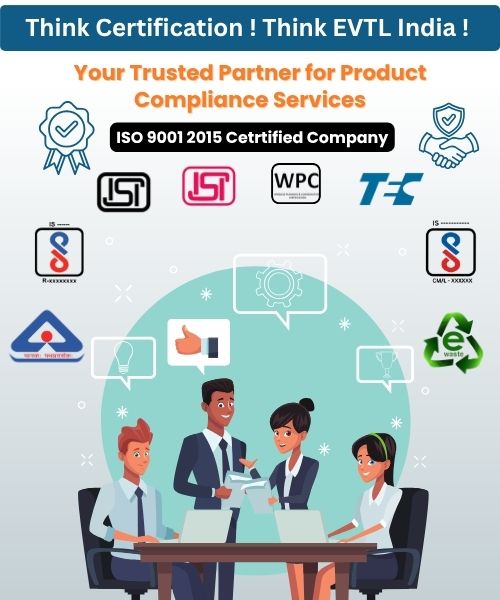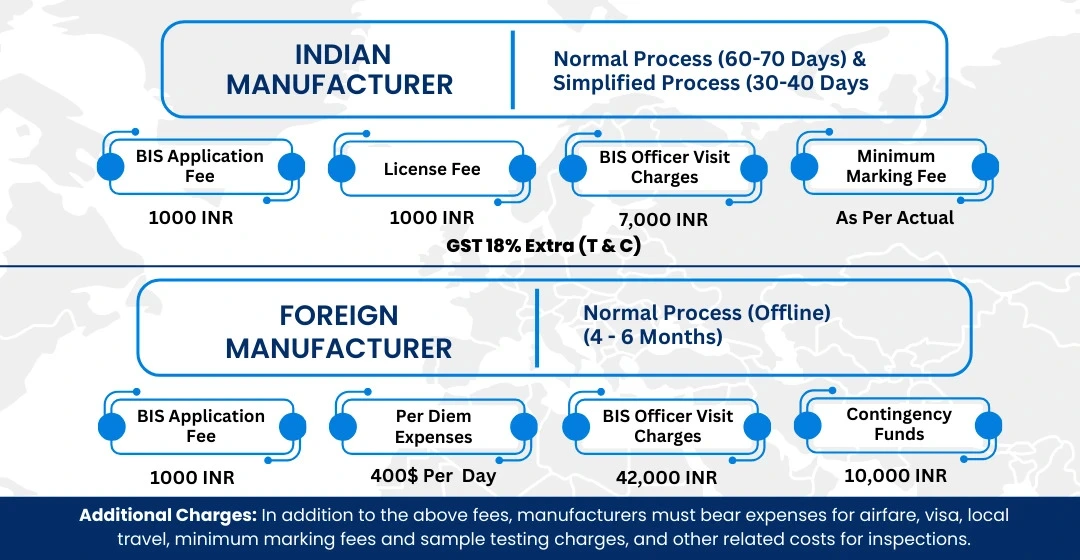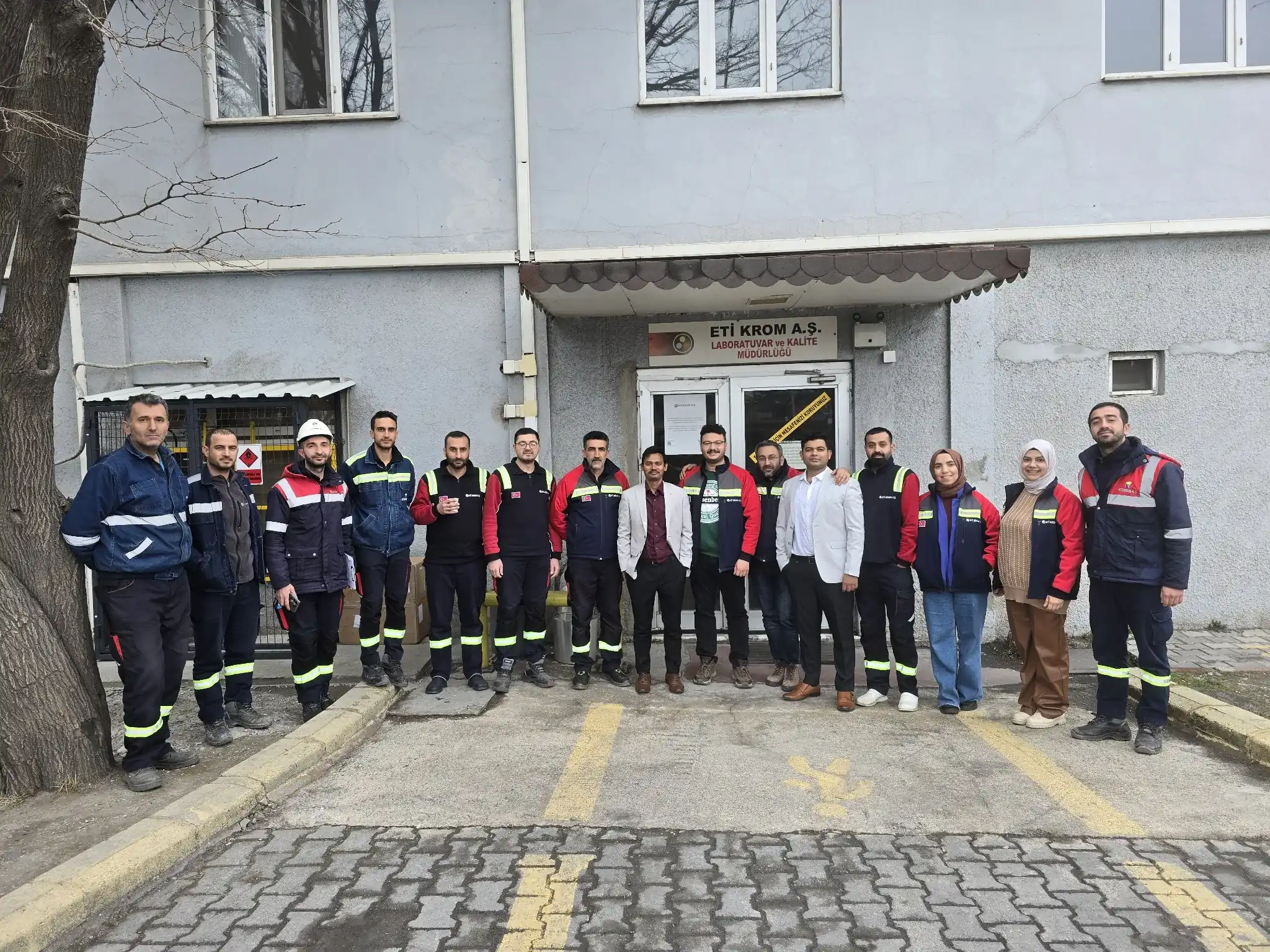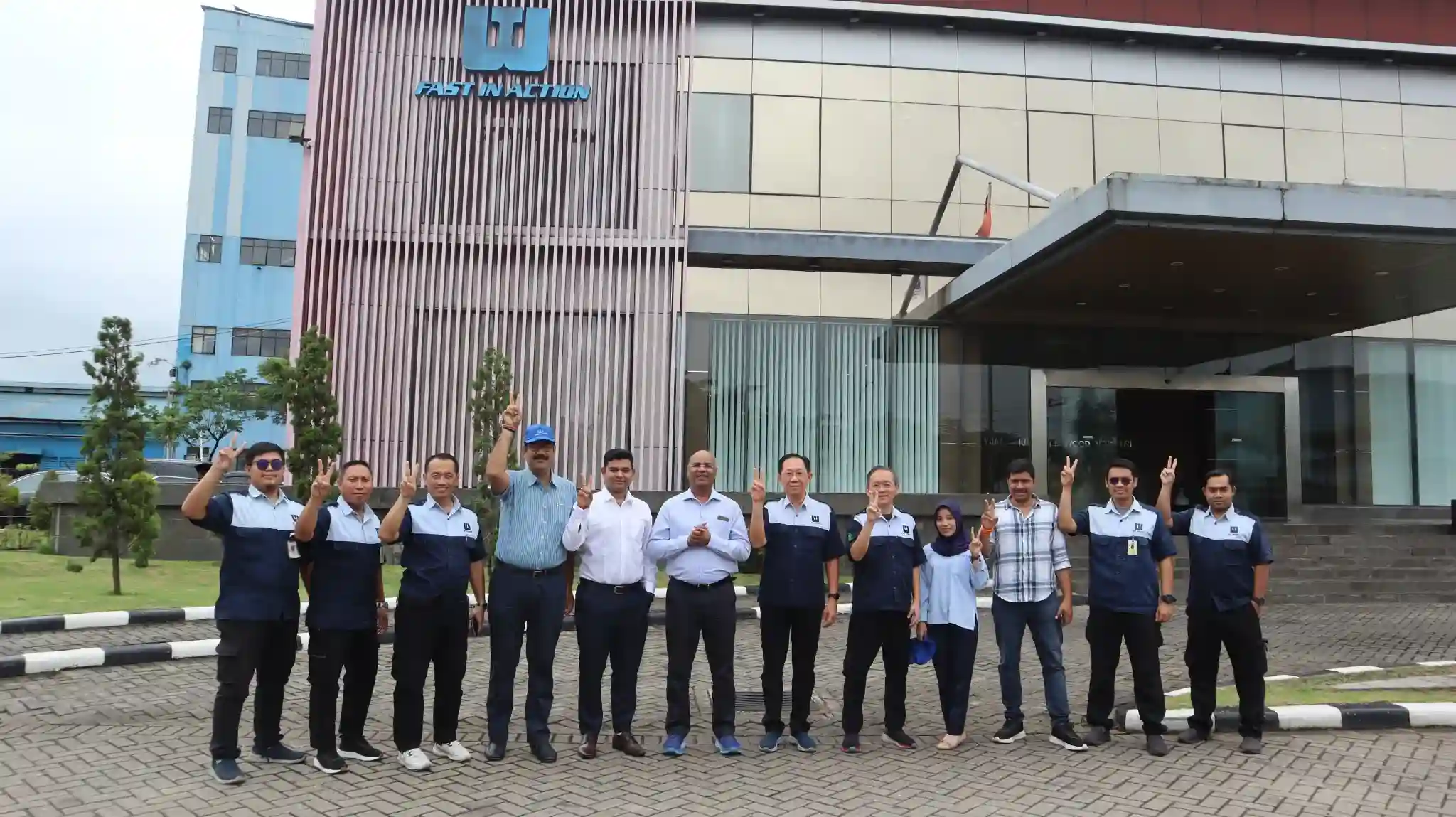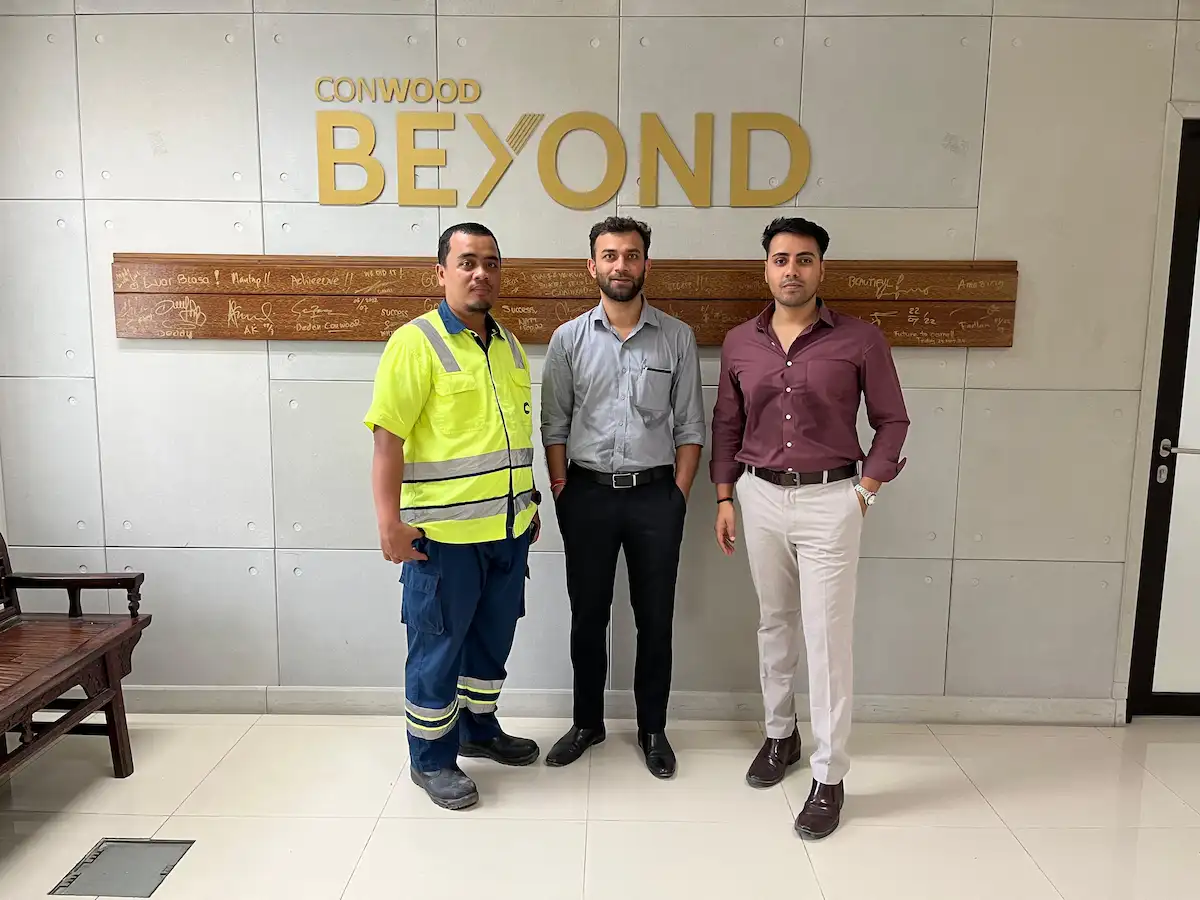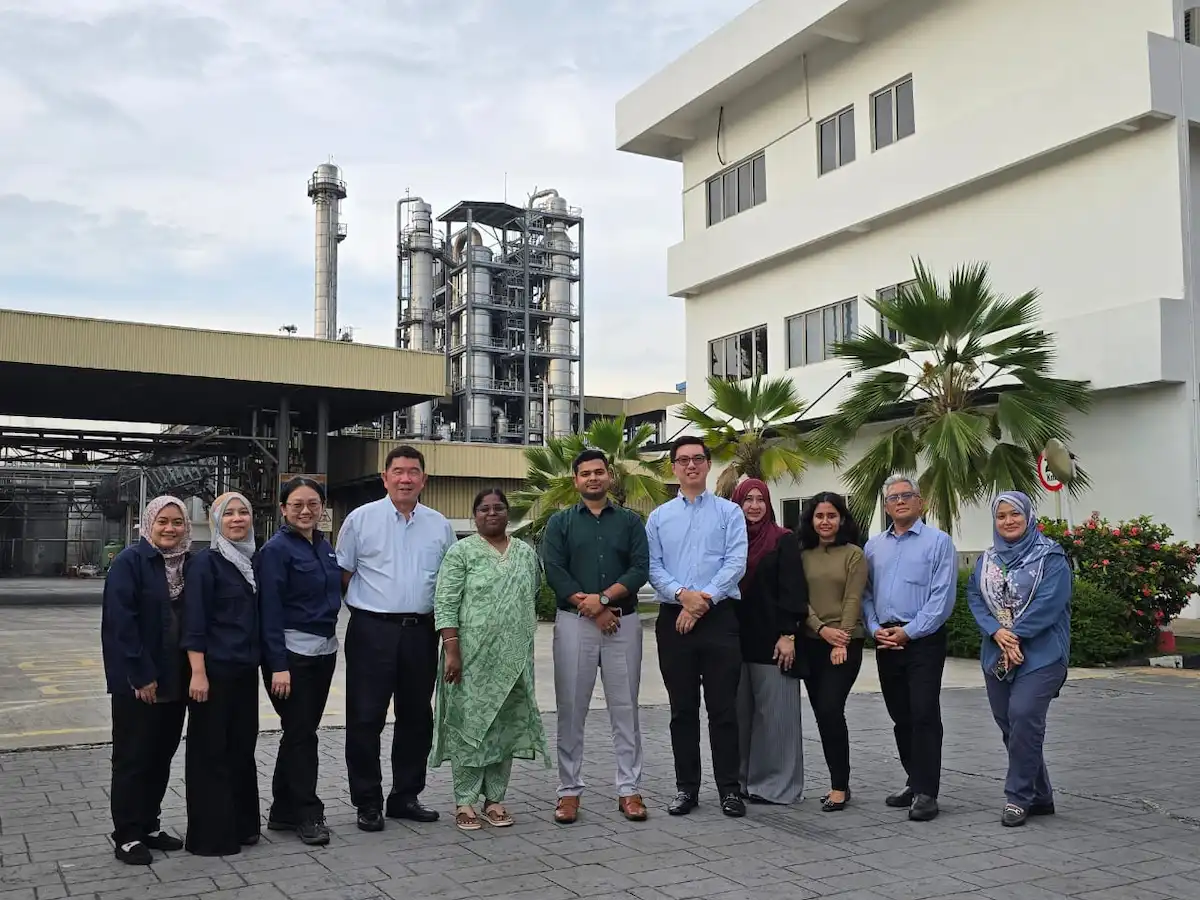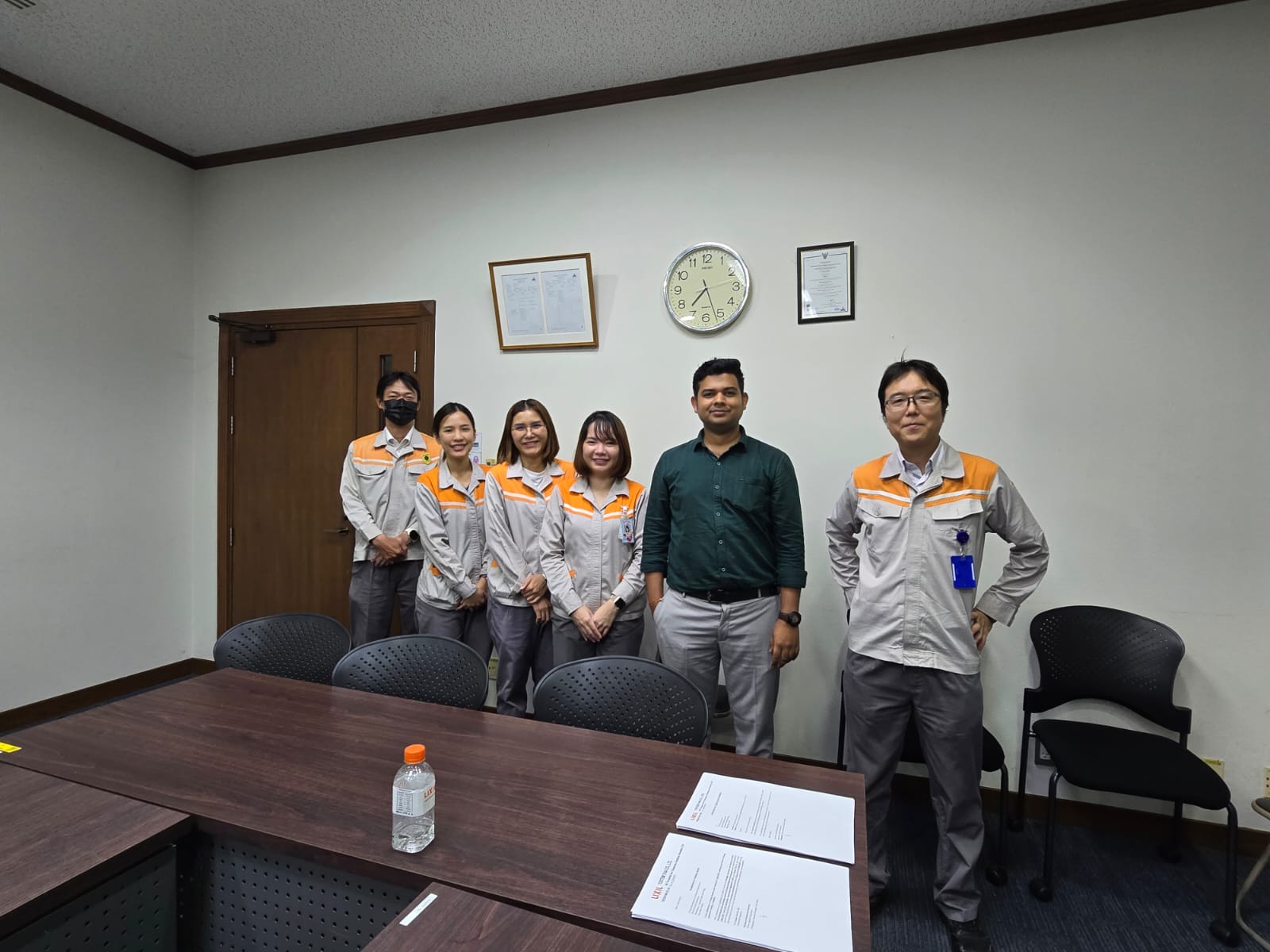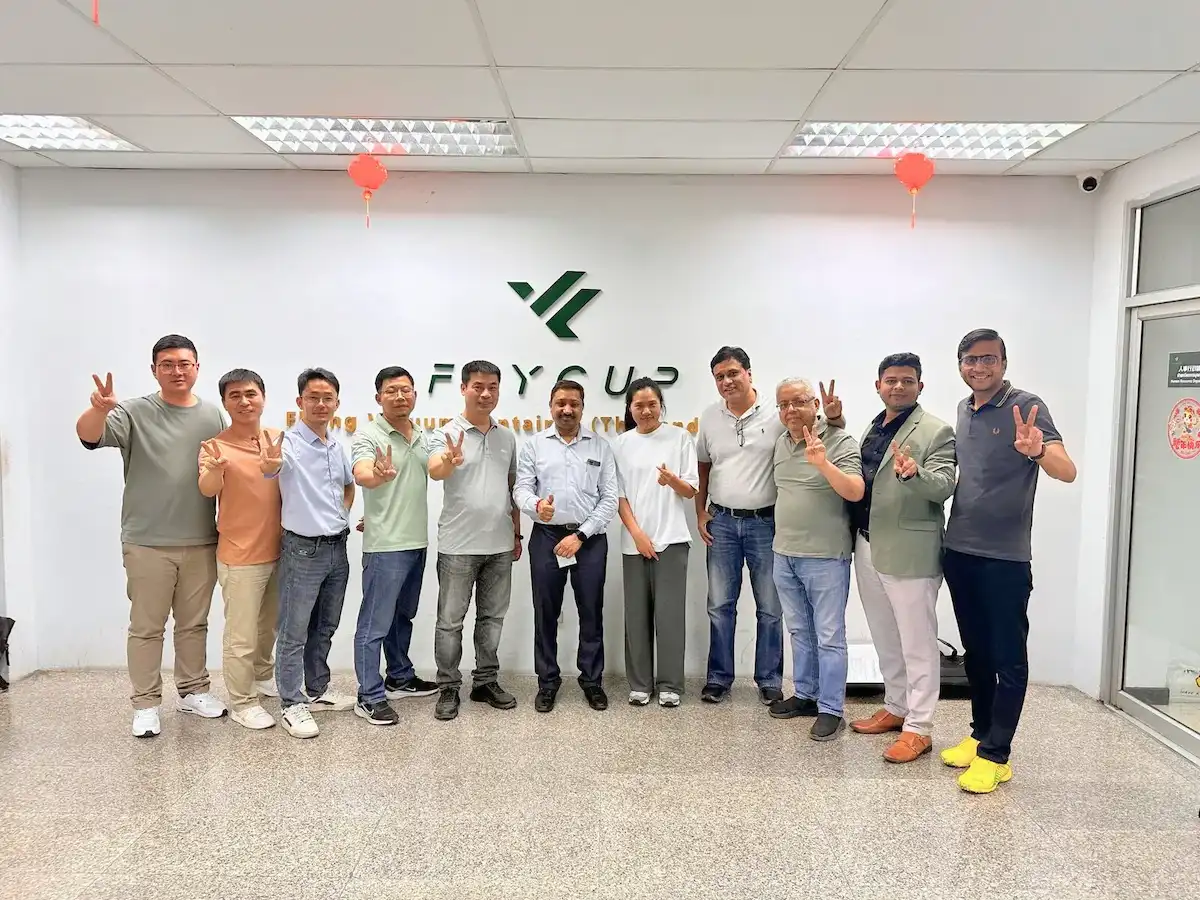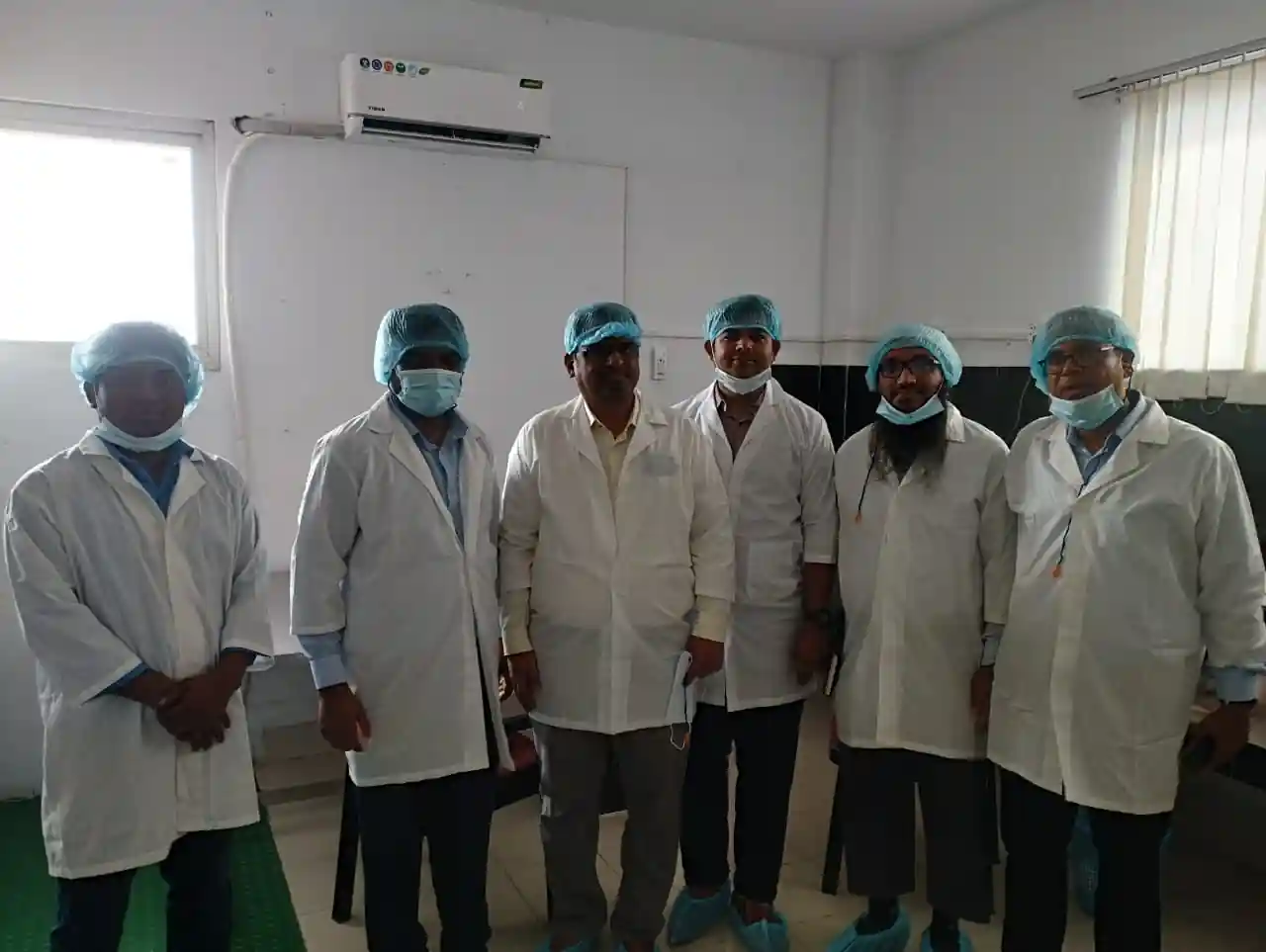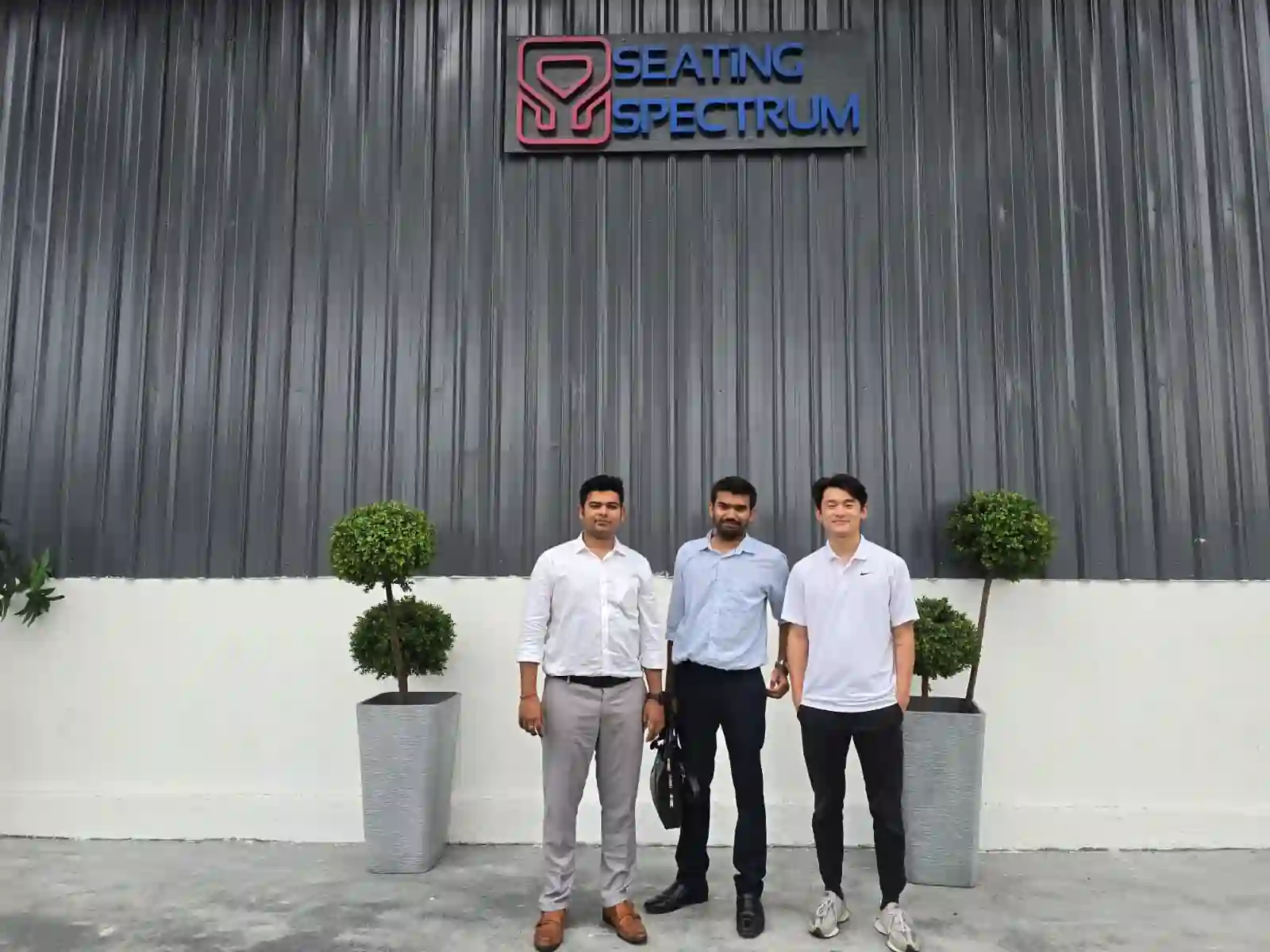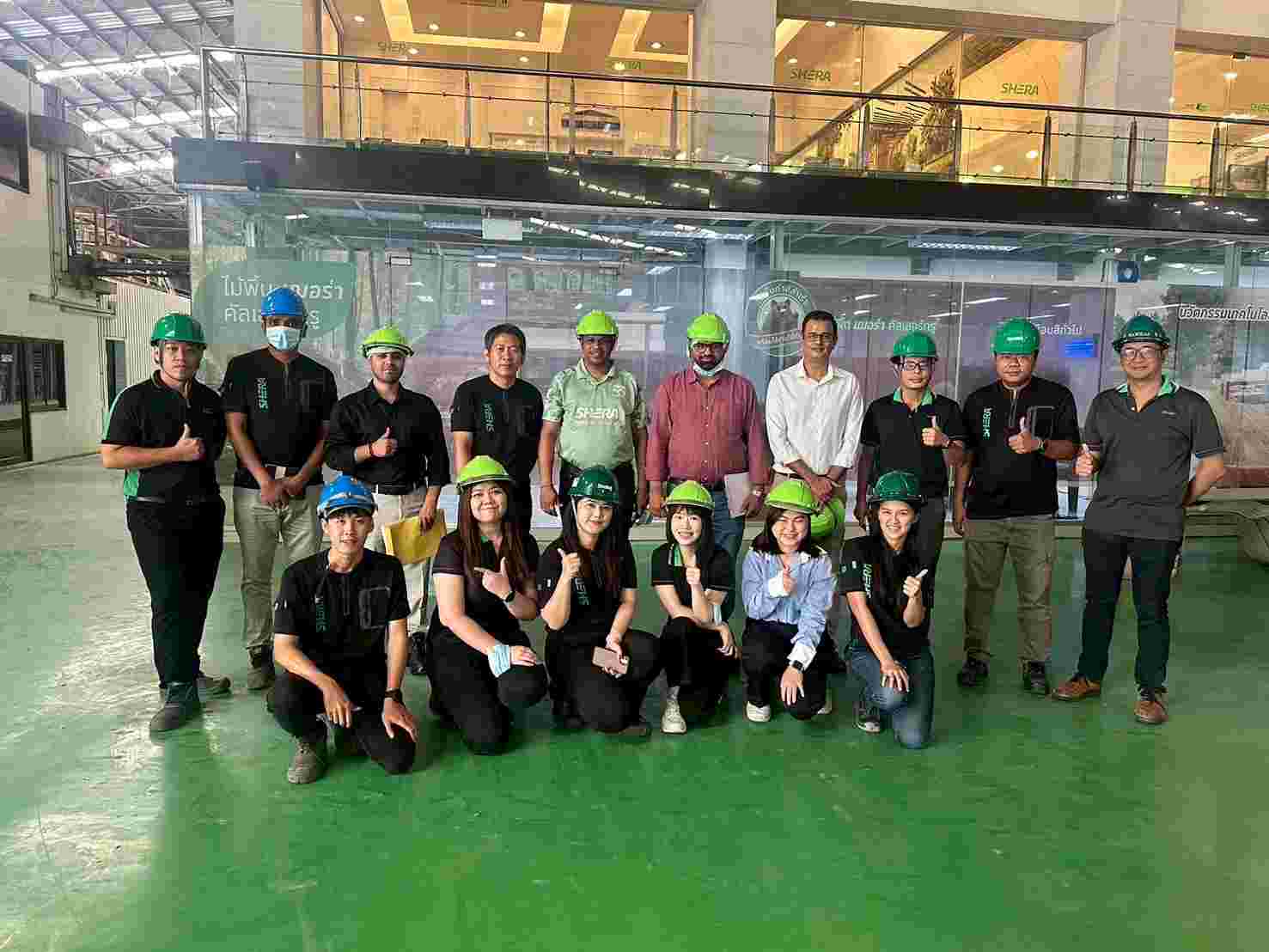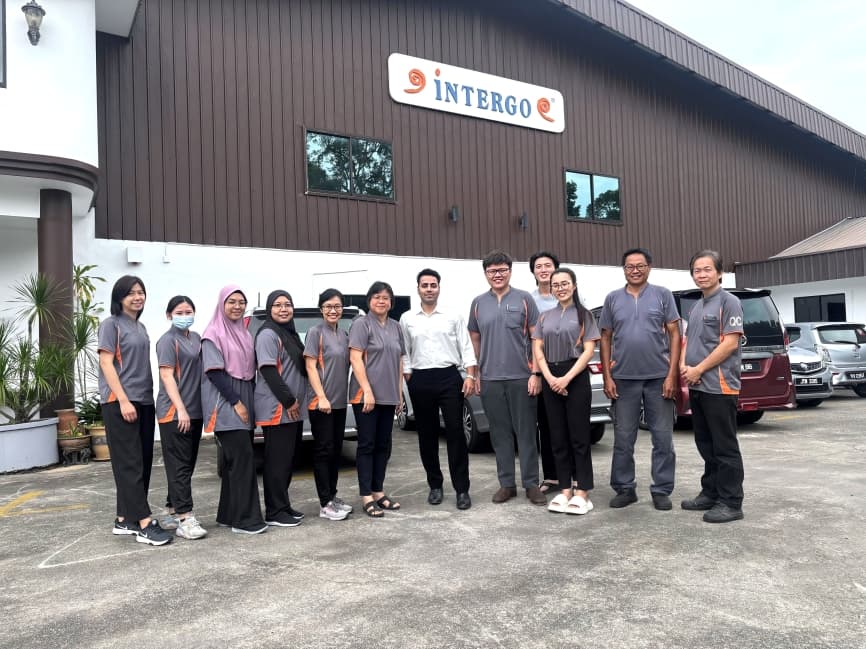Get A Quote
BIS Certification for Covered Electrodes for Manual Metal Arc Welding of Carbon and Carbon Manganese Steel IS 6419: 1996
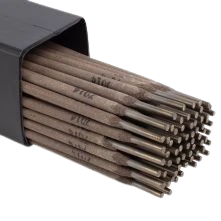
Covered electrodes for manual metal arc welding of carbon and carbon manganese steel are essential consumables used for joining metal structures. These electrodes are coated with a special flux that facilitates smooth welding, protects the weld from atmospheric contamination, and enhances arc stability.
Designed for optimal performance, they ensure strong, reliable, and high-quality welds, making them suitable for applications in construction, fabrication, and repair. Available in different grades and sizes, these electrodes meet the demands of various welding processes and environmental conditions.
Introduction
The Welding Rods and Electrodes (Quality
Control) Order, 2023, issued by the Ministry
of Commerce and Industry (Department for Promotion of Industry and Internal
Trade), mandates that manufacturers of covered electrodes for manual metal
arc welding of carbon and carbon manganese steel must obtain BIS certification
(ISI Mark) to sell their products in the Indian market. This certification
ensures compliance with IS 6419: 1996,
the Indian Standard that defines the quality and performance benchmarks for
these electrodes. The BIS certification process involves rigorous testing of
mechanical properties, chemical composition, and usability features to ensure
safety and reliability. Adhering to these regulations is not only a legal
requirement but also a mark of quality assurance that builds trust among
consumers and industries. Non-compliance can lead to penalties under the Bureau of Indian Standards Act, 2016.
Why is BIS Certification
Necessary for Covered Electrodes for Manual Metal Arc Welding of Carbon and
Carbon Manganese Steel?
BIS certification for covered electrodes is essential to ensure they meet safety, quality, and performance standards. These electrodes play a critical role in welding processes where structural integrity and durability are paramount. Certification under IS 6419: 1996 ensures that the electrodes possess the required tensile strength, weldability, and resistance to cracking. The Welding Rods and Electrodes (Quality Control) Order, 2023 aims to eliminate substandard products from the market, ensuring that only high-quality electrodes are available for industrial and construction use. By obtaining BIS certification, manufacturers demonstrate their commitment to compliance, safety, and customer satisfaction. Failure to comply with this order can result in penalties under the Bureau of Indian Standards Act, 2016.
Overview of Indian
Standard IS 6419: 1996
IS 6419: 1996 lays down the
specifications for covered electrodes used in manual metal arc welding of
carbon and carbon manganese steel. This standard specifies key performance
parameters such as chemical composition, mechanical properties, and usability
features. It also details testing procedures for assessing electrode quality, including
tensile strength, impact resistance, and radiographic soundness of the weld.
The standard ensures that the electrodes deliver consistent and defect-free
welds in varied industrial applications. Compliance with IS 6419: 1996, as mandated by the Welding Rods and Electrodes (Quality Control) Order, 2023, is
necessary for manufacturers to obtain BIS certification. This ensures that
products meet the required benchmarks for quality and performance, safeguarding
end-users and promoting standardization in the welding industry.
Process for BIS Certification
The BIS
certification process for Covered Electrodes for Manual Metal Arc Welding of
Carbon and Carbon Manganese Steel involves multiple steps, designed to
thoroughly evaluate a product's compliance with the required standards. Here is
a general overview of the certification process:
1. Application Submission: Manufacturers
must submit an application form along with required documentation to BIS.
2. Documentation Review: BIS reviews the
submitted documents to ensure completeness and correctness.
3. Factory Inspection: BIS officials
conduct an on-site inspection of the manufacturing facility to assess the
production process and quality control measures.
4. Sample Testing: Product samples are
taken and tested in BIS-approved laboratories to verify compliance with Indian
standards.
5. Certification Grant: Upon successful
completion of the inspection and testing, BIS grants certification, allowing
the manufacturer to use the BIS mark on their products.
Documents
Required for BIS Certification
To apply for BIS
certification, manufacturers need to submit the following documents:
● Application form
● Manufacturing process details
● Quality control plan
● Test reports from BIS-approved
laboratories
● Factory layout and equipment
details
● Proof of business registration
● Product specifications and
technical details
● Declaration of conformity to
Indian standards
Additionally, manufacturers may be required to provide proof of compliance with environmental and safety regulations, depending on the specific type of product being certified.
BIS Documents For Domenstic and Foreign Manufacturer Check
BIS ISI Mark Certification Costing And Timeline
To Know The Process in Detail, Please Visit:
Under BIS Registration Products ISI and CRS
Conclusion
BIS certification
for Covered Electrodes for Manual Metal Arc Welding of Carbon and Carbon
Manganese Steel is essential to ensure adherence to quality and safety
standards as per IS 6419 : 1996. By complying with the mentioned Quality
control order, certified products provide reliable performance, enhance
consumer safety, and reinforce the credibility of manufacturers in the Indian
market.
Navigating the BIS certification
process can be challenging, especially for small and medium-sized enterprises.
EVTL India is a leading consultancy firm dedicated to assisting manufacturers
in obtaining BIS certification (ISI Mark) efficiently. With expertise in
managing BIS portal submissions, documentation, and regulatory fees, EVTL India
ensures a smooth and successful certification process. By choosing EVTL India,
manufacturers can enhance their product's marketability both in India and internationally,
securing a competitive edge. Additionally, EVTL India provides ongoing support
post-certification, helping manufacturers maintain compliance with BIS
standards and renew their licenses as needed.
Free Call Back
Latest News & Update
📅 BIS Critical Component List (CCL) Updates for Solar PV Modules
🕒 BIS Fee Concessions for MSMEs and Startups | EVTL India
📅 Guidelines for Implementation of Essential Requirements for Security of CCTV
🕒 Omnibus Technical Regulation (OTR) Amendment Order, 2025
🕒 Extension of Timeline for Filing Annual Returns by Battery Producers
📅 Extension of Timeline for Filing Quarterly and Annual Returns for E-Waste
🕒 Extension of Concurrent Running Period for IS 302-1: 2008 and IS 302 (Part 1): 2024
🕒 BIS Guidelines for Grant of Licence (GoL) | EVTL India
📅 CPCB Guidance on filing of Application, Fees and more
🕒 CPCB Notification on Labelling of Plastic Packaging
📅 Mandatory Compliance for Input Materials of Steel and Steel Products for Imports
🕒 BIS Guidelines for Scheme-X Certification for OTR-Regulated Products
📅 BIS Upgrades Product Certification License Numbers to 10-Digit Series
🕒 BIS Certification No Longer Mandatory for 14 Chemical & Polymer Categories
Why Choose EVTL INDIA
Expertise in Indian Regulatory Standards
End-to-End Support
Trusted by Top Indian & Global Brands
Fast Processing & Transparent Pricing
Strong Liaison with Indian Authorities
Company Profile